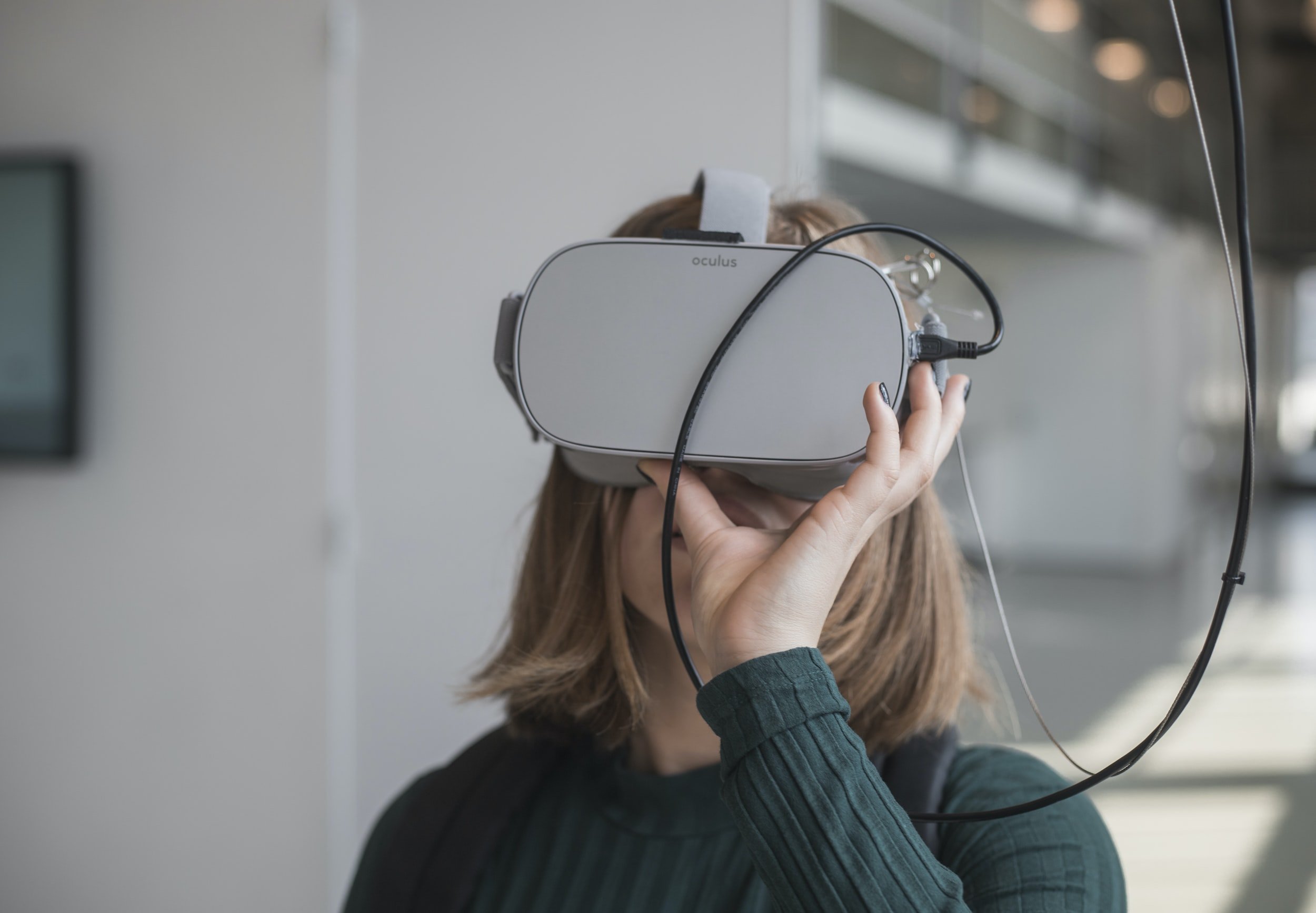A Training/Onboarding VR Deep-Dive
Companies are increasingly starting to implement VR for training and onboarding
Virtual reality can be a valuable tool for onboarding and training in various settings. At Remio, we’ve spent most of 2022 working with enterprises as they train and onboard new hires. Ice-breaker games such as paintball or team escape tend to leave a lasting impression on new employees during their first week. In this blog, we take a deep dive into the training/onboarding/vr combination and provide you with reasons your next town hall might be conducted in VR!
VR allows trainees to practice skills in a safe and controlled environment without the risk of injury or damage to equipment. Companies use VR to train companies in various industries, from retail to Fintech.
VR provides a realistic and immersive learning experience, allowing trainees/prospects to feel like they are in the actual environment where they will be working. This simulated environment is ideal for any company learning program.
VR allows trainees to learn and practice complex tasks or procedures more efficiently by providing step-by-step instructions and feedback in a visual and interactive format. New hires, for example, use private rooms for 1-1 meetings where they can practice soft skills.
VR allows trainees to learn at their own pace and repeat tasks or procedures as needed to master them. This differs from a typical onboarding period which might only last a day at some companies. Enterprises tend to allow new hires more time using VR than in specific remote or hybrid environments.
VR can give trainees a sense of presence and engagement, which can help improve retention and recall of information. Engagement can also be tracked along with other metrics about performance.
VR allows trainers to customize and update training content easily, ensuring that trainees receive the most current and accurate company information.
VR allows trainers to assess trainee performance and provide feedback in real-time, helping to identify areas where trainees may need additional support or guidance.
VR allows trainers to easily track and record trainee progress, helping to identify areas of strength and weakness and tailor training accordingly in real-time.
VR allows trainees to experience a variety of scenarios and situations that may be difficult or impossible to replicate in a physical setting.
VR can help reduce training costs and time required by allowing trainees to learn remotely and eliminating the need for travel.
VR can help improve onboarding efficiency by allowing trainers to cover more material in less time.
VR can give trainees a sense of accomplishment and motivation by allowing them to progress through different levels or challenges as they learn. This is another crucial feature that has been featured on many platforms, including Remio. As new hires progress in new programs, some are gamified to show advancement in learning.
VR can help trainees develop social and communication skills by allowing them to interact with virtual characters or other trainees in a virtual environment.
Looking to find out more about how VR can be implemented into your training/onboarding programs? Get in touch!


